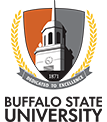1. Forensic Chemistry Program curriculum evaluated by graduating students
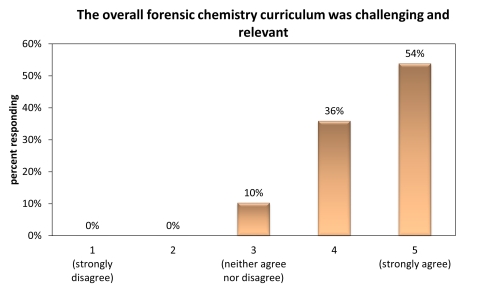
2. Academic preparation for forensic/scientific lab employment evaluated by graduating students
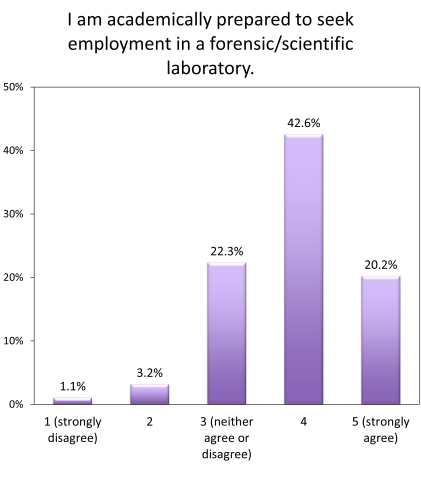
3. The self-evaluation of the quality of Forensic Chemistry Program by graduating students
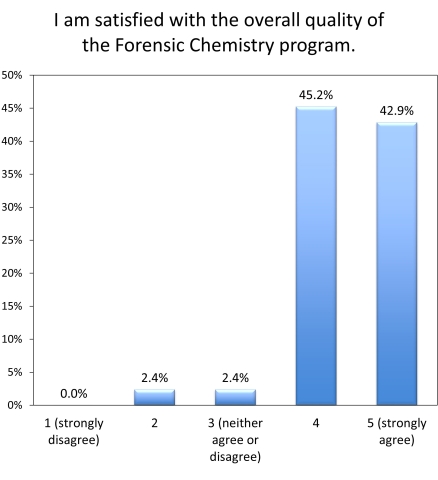
4. Forensic Chemistry student employment status after graduation
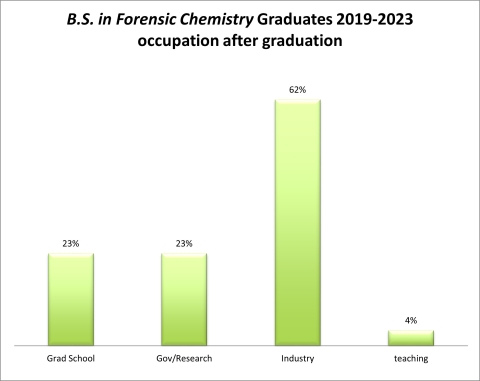
5. Evaluation of students by internship host laboratories
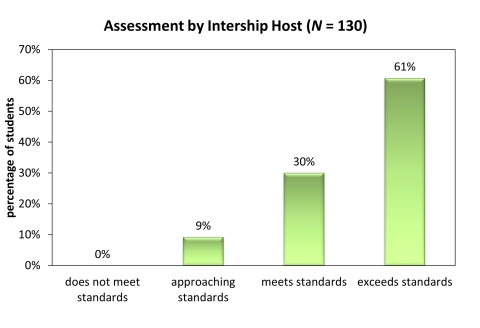
6. 10-year enrollment and graduation rates for the B.S. in Forensic Chemistry
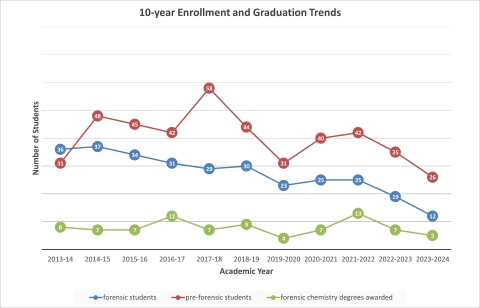
Source: institutionalresearch.buffalostate.edu (Using data available in November 2024)
Forensic chemistry degree awardees after 2020–2021 were estimates from other sources.
Pre-Forensic Students
2013-14 – 31 Students
2014-15 – 48 Students
2015-16 – 45 Students
2016-17 – 42 Students
2017-18 – 58 Students
2018-19 – 44 Students
2019-20 – 31 Students
2020-21 – 40 Students
2021-22 – 42 Students
2022-23 – 35 Students
2023-24 – 26 students
Forensic Students
2013-14 – 36 Students
2014-15 – 37 Students
2015-16 – 34 Students
2016-17 – 31 Students
2017-18 – 29 Students
2018-19 – 30 Students
2019-20 – 23 Students
2020-21 – 25 Students
2021-22 – 25 Students
2022-23 – 19 Students
2023-24 – 12 Students
Forensic Chemistry Degrees Awarded
2013-14 – 8 Students
2014-15 – 7 Students
2015-16 – 7 Students
2016-17 – 12 Students
2017-18 – 7 Students
2018-19 – 9 Students
2019-20 – 4 Students
2020-21 – 7 Students
2021-22 – 13 Students
2022-23 – 7 Students
2023-24 – 5 Students
